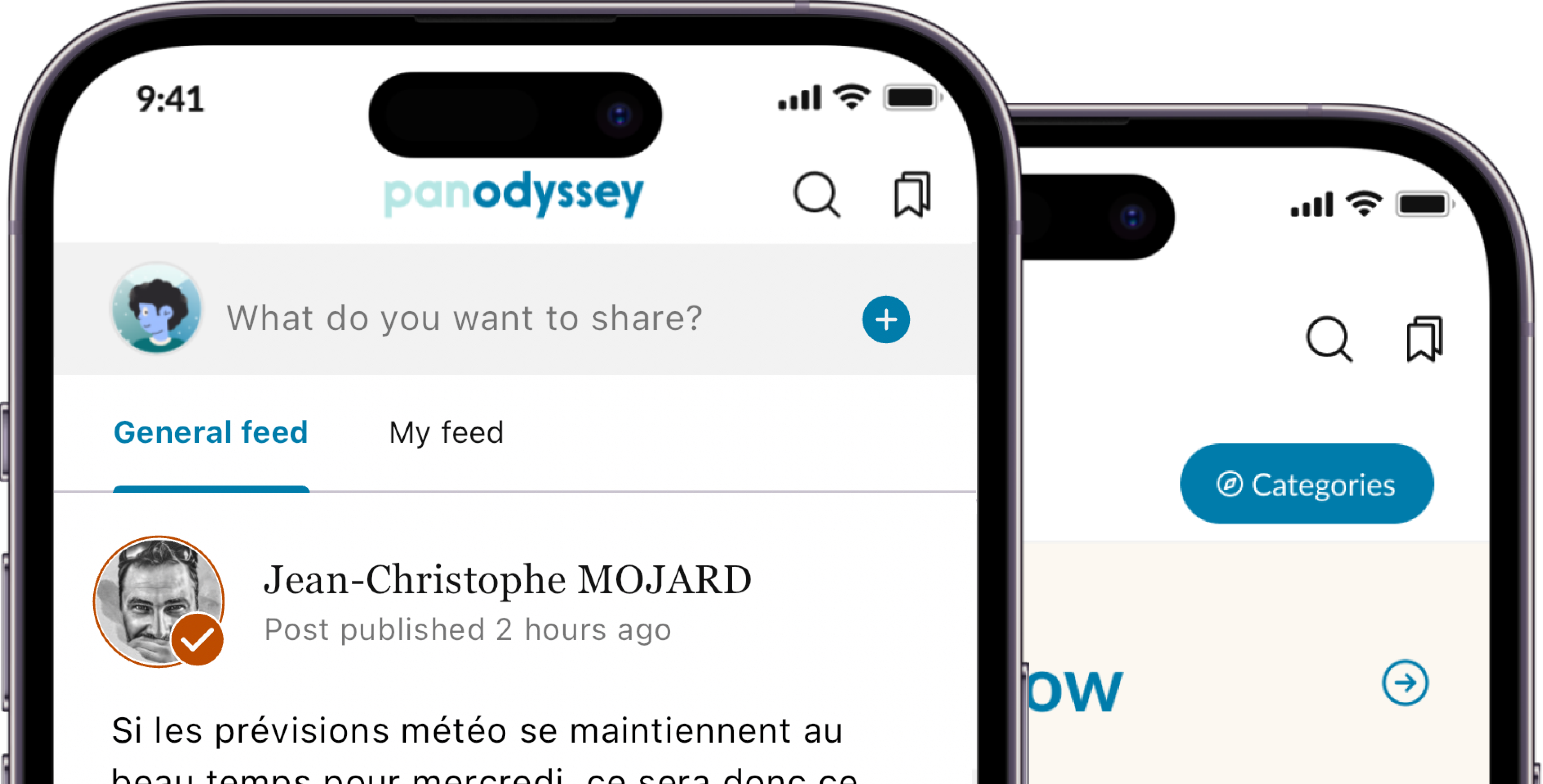
How INFPs Can Turn Soul-Sucking Routines into Rituals
 7 min
7 min
How INFPs Can Turn Soul-Sucking Routines into Rituals
Photo by Prophsee Journals on Unsplash
I have always struggled with sticking to routines. I like new things and novelty, so my plans to do the same things regularly often get off track. I’ve benefited a lot over the years from habit stacking. I pick a few different activities I would like to do for five or ten minutes each. Then I anchor those activities to a habit I already have. Like I’ll read, journal and work out before lunch. I also give myself the flexibility to swap those tasks out with different ones to keep things fresh and interesting.
But lately, I’ve found another interesting way of looking at habits and routines.

The other day I was catching up on some posts I missed from the Zen Habits blog by Leo Babauta. His posts about creating rituals were very inspiring, and it made me more aware of the types of rituals I already have built into my life, and how I can use them as frameworks to complete other repetitive tasks.
My main ritual right now is my daily morning workout. I do a workout routine four to five mornings per week that are designed to help manage my chronic pain. When I don’t workout, I definitely feel the consequences in my stiff joints, so I do it regularly with varying levels of intensity. I’ve come to appreciate my workout routine because not only is it relaxing, but it gives me space to think while strengthening my body.
Whether we like it or not, our lives are full of repetitive tasks. From the big things like going to work to the smaller things like cleaning the bathroom sink. These things never truly get done, so making them into a ritual is another way to make sure they’re taken care of. And since these kinds of tasks make up so much of our lives, knowing how to craft meaningful rituals is important.
The Difference Between Rituals and Routine
I feel that the biggest differences between rituals and routines are the pace and the space.
The Pace
We may rush through a routine to get it over with, but we don’t rush through rituals. Rituals are handled at a more intentional pace because each action feels meaningful. When short on time, I don’t rush through my workout routine. Instead I do less of it. This allows me to get some benefits while keeping things relaxed.
The Space
Rituals are spacious. There is space for contemplation and giving each action the appropriate attention.
How to Add More Space and Slower Pace to Your Routines
Have a “Do Less” option
When it comes to routines, it’s easy to fall into the mindset of believing that everything must be done in this one specific way, every time. However, the reality is that sometimes life will interrupt your step by step routine, and that can be frustrating. If you’re a perceiving personality type like I am, that can even cause you to abandon the entire routine because of the lack of regularity.
This is why having a “Do Less” option for your routines is important. How would you approach this same routine if you suddenly had much less time for it?
What are the essential parts of it?
If you weren’t feeling well, what parts of this routine would you still be capable of doing?
What is the minimum you can do to still make progress?
Thinking about these questions can help you to build bare-bones versions of your routines, perfect for days when you’re rushed, tired, or even sick.
I have a “Do Less” version of my regular workout routine. I picked out the top four or five easiest but most impactful moves and saved them for days when I’m unable to do my full routine. This has helped me to stick to my routine in the face of change.
Leave room for contemplation
When it comes to routines, it can be easy to laser focus on just getting it done. I feel that way when doing chores. Let’s turn on the music or the podcast and get it done.
However, I’ve realized that leaving some room for my thoughts while engaging in routines has the effect of making them more meaningful.
I keep a notebook near me while I workout. This is because I often come up with creative ideas while going through my routine, and I don’t want to miss them. If I focused on playing music while I worked out instead, I would have missed out on so many creative insights.
Although putting on music and podcasts can be great for getting motivated to take on a routine, leave room for thinking as well.
If you like to listen to stuff while going through your routines, consider taking a break between listening items. If you’re listening to a podcast, instead of going straight from one episode to the next, have some quiet time between episodes so your brain can process what you heard.
If listening to music, try to embrace a little bit of quiet between albums or a certain number of songs so that you have space to savor what you enjoyed for a little bit.
Having space for contemplation can make routines more interesting and more spacious at the same time.
Add something that soothes your mind and body before you start your routine
I’ve found that doing something small that puts my mind and body in a good place before starting a routine makes me more willing to take action on the same things day after day.
For example, before doing a writing session, I like to have a cup of tea or decaf coffee. The warm drink soothes my body, and the actions of quietly brewing and enjoying what I make relaxes my mind.
Other activities I’ve found that relax both my mind and body include:
- Doing self massage or foam rolling.
- Going for a short walk
- Intuitive dancing
- Doing a short, handwritten journal entry while sitting out in nature
- Aromatherapy
Are there any simple activities that you enjoy that calm your body and your mind?
If so, consider doing one of them before starting your routine.
I’ve found that starting my routines from a place of relaxation instead of stress helps me to feel more calm and focused as I take on what I need to do.


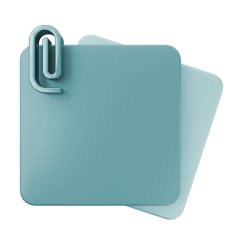

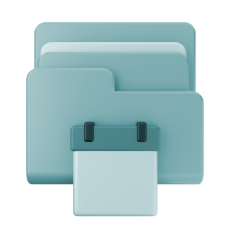




 English
English
 Français
Français
 Deutsch
Deutsch
 Italiano
Italiano
 Español
Español

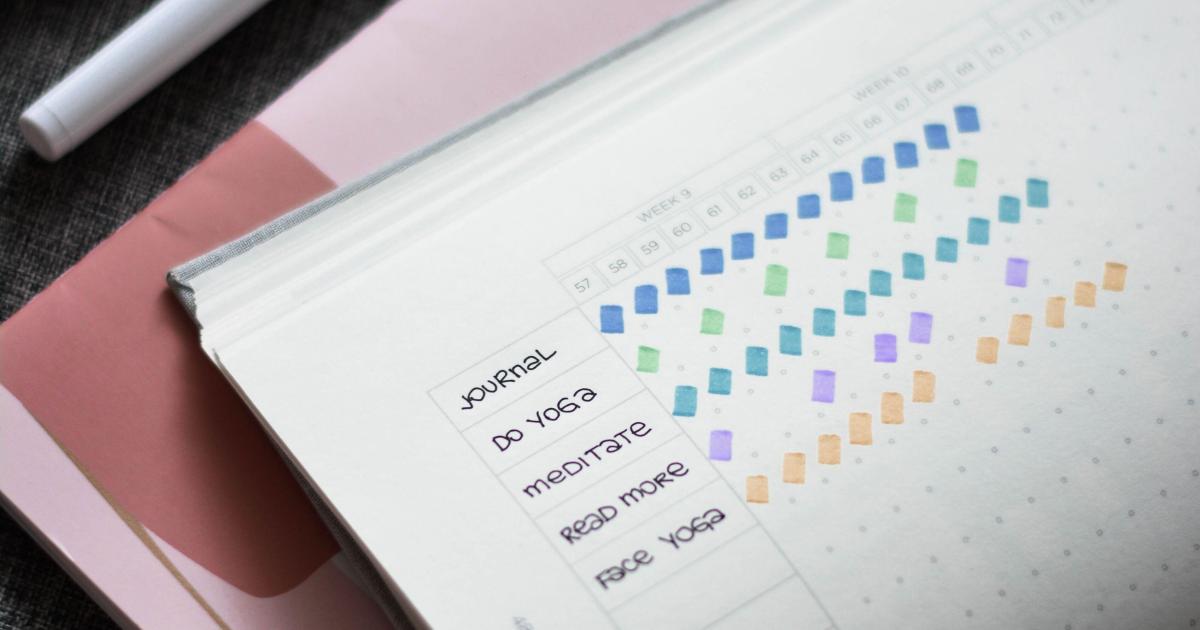

 Contribuisci
Contribuisci


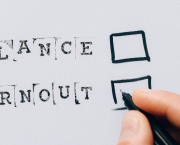

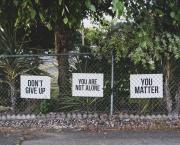


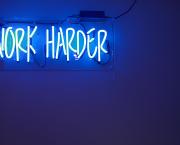










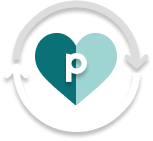 Puoi sostenere i tuoi scrittori preferiti
Puoi sostenere i tuoi scrittori preferiti
